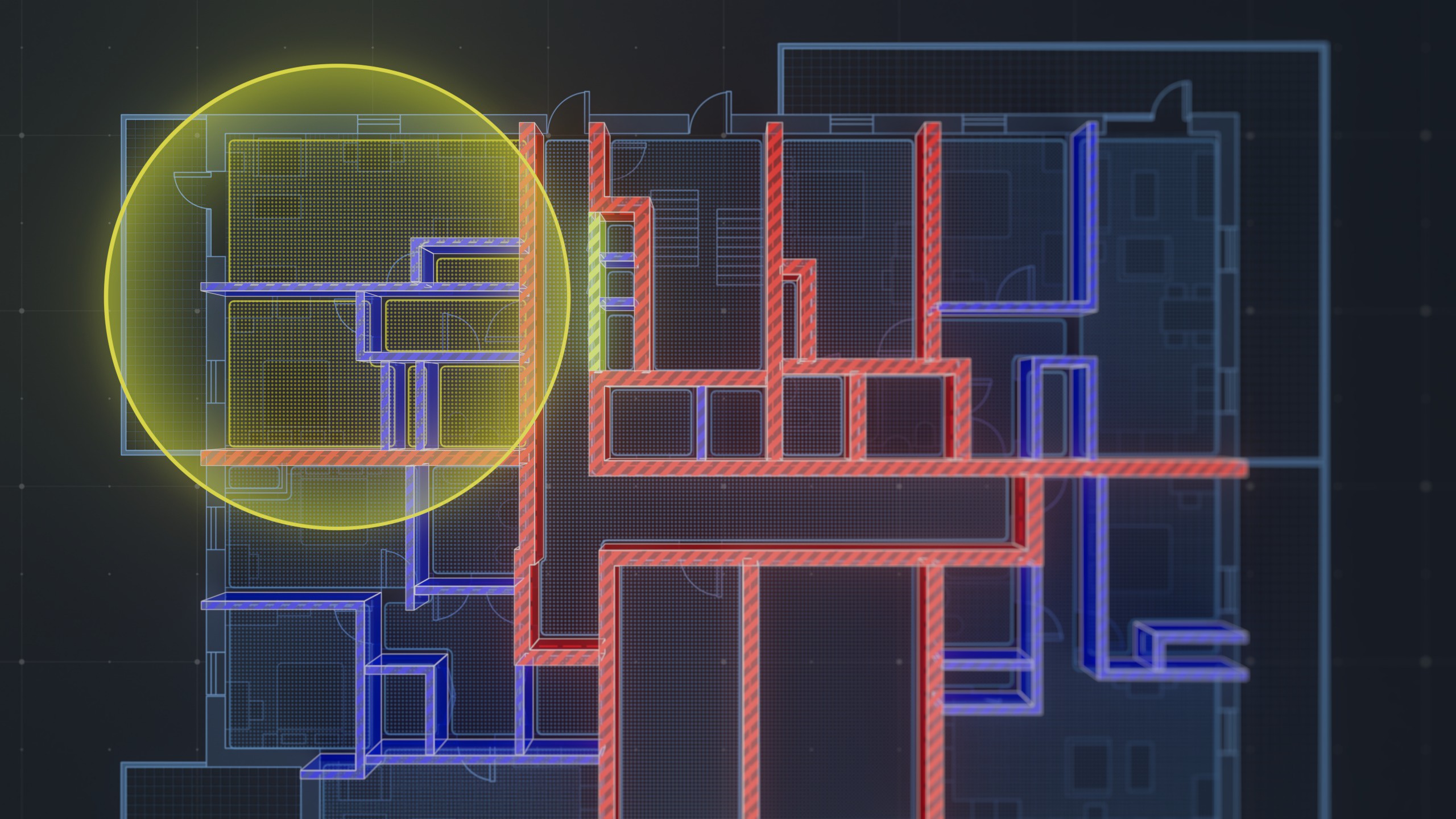Previously, we discussed Value Engineering in Construction. Now, let's explore some practical ideas. When you propose a price that might go beyond the client's initial budget, it opens the door to a 'value engineering' process. This involves cost savings through design modifications. By contributing your value engineering suggestions, you present yourself as a cooperative and proactive partner, potentially enhancing your chances of finalizing the deal with the client.Here are some tips to consider:
- Always keep your value engineering costs separate from your initial bid. Remember, your bid should reflect the architect's designs, specifications, and relevant codes, regardless of how you might personally improve the design.
- Avoid suggesting the use of cheaper or lower quality materials. This approach is not true value engineering and could be seen as offensive to your client. Aim for cost savings that don't compromise, or even enhance, the quality of the building.
- When calculating value engineering savings, include your overhead. For instance, if a design alteration saves the client $10,000, propose a reduction of a smaller amount, like $7,000. This accounts for uncertainties and potential extra work resulting from the value engineering idea.Now, let's delve into some common value engineering strategies."
Civil
- Adjust the placement and direction of the building on the site plan to shorten the access roads and service connections.
- Align with the natural land contours to decrease or remove the need for retaining walls and lessen the amount of earthwork required.
- Limit the use of concrete pavers in areas where stormwater infiltration isn't a key concern, and opt for alternatives like brushed concrete or asphalt.
- Eliminate curbs and gutters where feasible.
- Incorporate landscaping as a strategic feature to lessen heat gain for the building.
- Minimize the amount of car parking space.
- Opt for smaller, more natural, and less formal outdoor play spaces instead of standard-sized, irrigated, all-weather sports fields."
Architectural and Structural
- Investigate different structural frameworks, such as wood, cast-in-place concrete, tilt-up concrete, concrete block, and steel joist and decking.
- Position the main floor at ground level to reduce excavation, external stairs, foundation walls, and retaining walls.
- Keep the heights of roofs and the space between floors as low as possible.
- Design the roof with a slope to lessen the height of the surrounding walls.
- Simplify design elements to enhance construction efficiency, like using fewer panel sizes in tilt-up concrete constructions.
- Evaluate different options for the exterior walls, avoiding unnecessary design features like complex wall articulations.
- Avoid using curved walls, particularly those requiring bespoke elements like special beams or unusual window sizes.
- Keep the height and design of roof parapets simple.
- Carefully design the length of roof overhangs.
- Assess the insulation and construction of the roof to simplify the sealing process.
- Restrict the dimensions and number of entrance canopies and walkways with covers.
- Limit the quantity and complexity of window glazing.
- Remove additional features like sunshades, window eyebrows, and light shelves.
- Consider using thinner concrete slabs and less reinforcement.
- Explore different flooring options, such as 22-ounce level-loop carpet instead of standard carpets, or sheet vinyl in high-traffic areas as an alternative to ceramic tile; choose colored concrete over other floor coverings.
- Use alternative materials for interior walls, like standard painted gypsum wallboard instead of decorative vinyl or paneling; restrict protective elements like corner guards to areas that need them most; paint masonry only where necessary; reduce the use of ceramic tiles in bathrooms.
- Choose different ceiling materials, such as lay-in tiles rather than painted drywall, and prefer larger tile sizes for efficiency.
- Remove unnecessary decorative elements like gypsum wallboard bulkheads or valences.
- Simplify door designs by eliminating additional lights like sidelights and transoms, and reduce the amount of glass; consider using narrow windows in doors.
- Thoroughly evaluate the need and specifications of millwork to ensure it meets functional requirements.
Mechanical
- Assess heating and cooling requirements and enhance the efficiency of relevant equipment.
- Appropriately size key mechanical equipment based on load assessments, minimizing excess safety factors.
- Evaluate the benefits of a geothermal system compared to a traditional HVAC system.
- Avoid the implementation of units that rely solely on external air.
- Consider the necessity of using custom-sized units, particularly those exceeding 25,000 CFM capacity.
- Prefer standard electric chillers over absorption or gas-powered alternatives.
- Implement straightforward air pressure controls instead of complex sensor-based digital systems.
- Reassess the need for dehumidification or humidification systems.
- Reevaluate the implementation of energy recovery systems.
- Explore different materials for pipes or ducts, such as fiberglass in place of sheet metal.
- Opt for tanks with a flush mechanism in washrooms rather than flush valves.
- Eliminate the use of perimeter radiation as an additional heating method.
- Choose floating-point valves over proportional valves for simplicity.
- Reexamine the extent of commissioning required.
- Review site grading to determine if the need for weeping tiles can be reduced.
Electrical
- Replace panel boards with load centers.
- Consolidate multiple circuits into shared conduit paths.
- Opt for materials (such as fixtures and equipment) that meet but do not exceed code grade standards.
- Maximize the utilization of lighting and plug circuits up to the limit of their corresponding circuit breakers.
- Move electrical panels to more central positions to reduce the length of conduit needed.
- Minimize the size of panel and switchboards to align with the bare minimum capacity requirements.
- Remove any unnecessary special installation procedures and guidelines where feasible.
- Consider using aluminum feeder wire instead of copper, if permissible.
- Simplify wiring practices to adhere only to standard code necessities.
- Opt for instant-start electronic ballasts over the more traditional magnetic types.
- Implement individual line-powered clocks instead of a centralized clock system.
- Forego gypsum wallboard lighting valences and opt for more cost-effective fixture coverings, like sconces
In conclusion, the practice of value engineering in construction offers a valuable opportunity to both construction professionals and clients. By implementing thoughtful and strategic cost-saving measures without compromising quality, value engineering can lead to more efficient and cost-effective projects. It is crucial to keep value engineering costs separate from the initial bid, ensuring transparency and fairness throughout the process.
In the civil aspect of construction, adjustments in site planning and design can lead to significant savings while maintaining functionality and aesthetics. Similarly, architectural and structural considerations can streamline construction processes and reduce overall expenses. These strategies emphasize the importance of simplicity and efficiency in design, avoiding unnecessary complexities that can inflate costs.
The mechanical and electrical aspects of construction also provide avenues for cost reduction. By assessing and optimizing heating, cooling, and electrical systems, construction professionals can deliver projects that are both environmentally friendly and financially viable. These measures underscore the significance of sustainable and efficient practices in modern construction.
In essence, value engineering is not just about cutting costs; it's about delivering value to clients by delivering high-quality projects within budget constraints. By embracing these practical ideas and strategies, construction professionals can establish themselves as proactive and collaborative partners, ultimately enhancing their chances of successful project delivery and client satisfaction.




.png)